


Garth Ruffner Landscape Architect




Many grasses need to be cut back, but only in the correct season and at the proper height. A care guide is provided below or open the letter size field version.
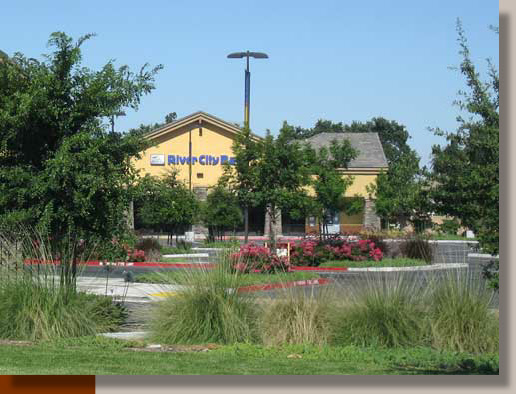
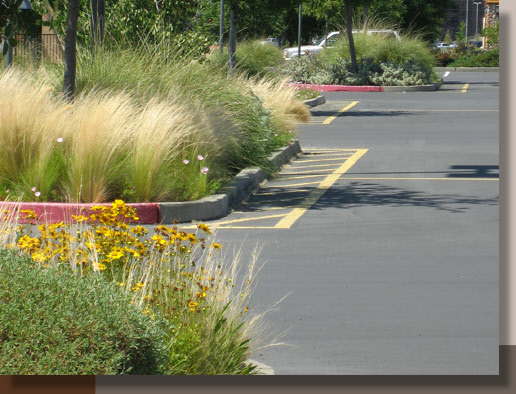
Mexican Feather Grass (Nassella tenuissima) does not need annual pruning. When individual plants look shabby, they can be cut back in September to a height of about 3 inches.
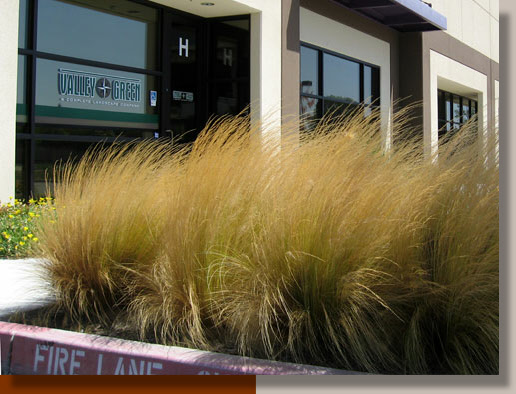
Fountain Grass (Pennisetum s. ‘Rubrum’) will go dormant in the Fall. Unless the plants flop over and look too disheveled, they should be left in place until April. Cut the grass down to a height of 6 inches. Waiting until Spring will help protect these very sensitive grasses from frost.
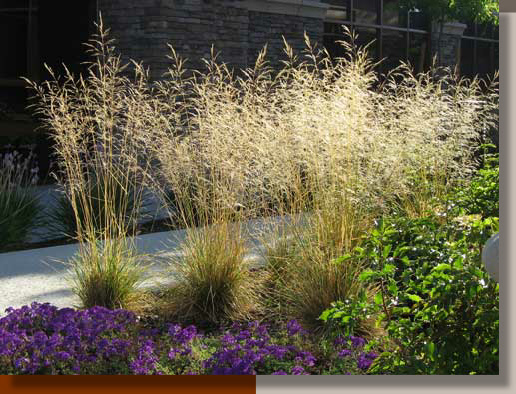
Cutting Back Ornamental Grasses
Deer Grass (Muhlenbergia rigens) thrives on minimal care, but after 2 to 4 years a thatch of dead foliage and toppled flower stalks will build up. This process can be seen starting on the plant to the far right in this photo.
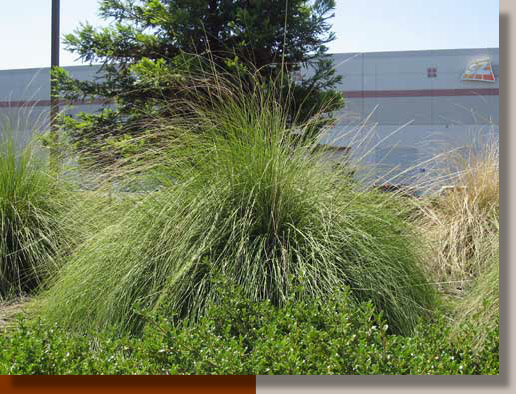
Note that several of the Deer Grass clumps in the photo at right (3 years after planting) are still vigorous, while others need attention. In late Winter, only the slumping plants should be cut back, flat, at a height 6 inches above the ground. Selective pruning minimizes blank spots in the planting and avoids stunting healthy plants.

Feather Reed Grass (Calamagrostis x. ‘Karl Foerster’) is an upright evergreen grass with dramatic flower plumes. The grass should be cut down in February to a height of 6 inches. Prior to that work, any toppled flower stalks should be cut off within the foliage clump.
Tufted Hair Grass (Deschampsia cespitosa) is grown for it’s flower plumes, which should be attractive into the Winter. February is a good time to cut Hair Grass back to a height of 3 inches.


Silver Grass (Miscanthus sinensis) also goes dormant in the Fall. Unlike Fountain Grass, the plant is very hardy and can be cut back to a height of 6 inches as soon as it starts to look messy in the late Fall or Winter. Silver Grass will also benefit from dividing the cut back clumps every few years in the early Spring.
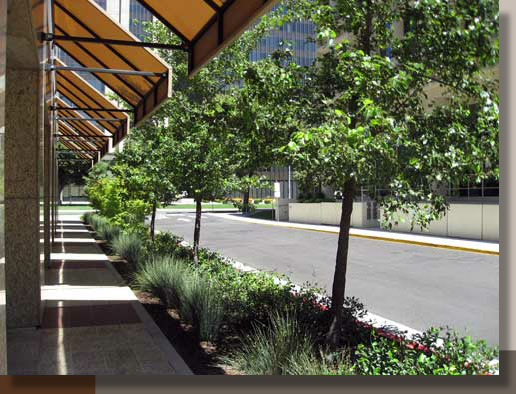
California Gray
Rush (Juncus patens) is an evergreen grass that does not benefit from cutting back on a regular basis. Combing through the foliage with rubber coated gloves will pull out dead foliage. Every 3 to 4 years, when individual plants look shabby, they can be cut to a height of one inch in February.
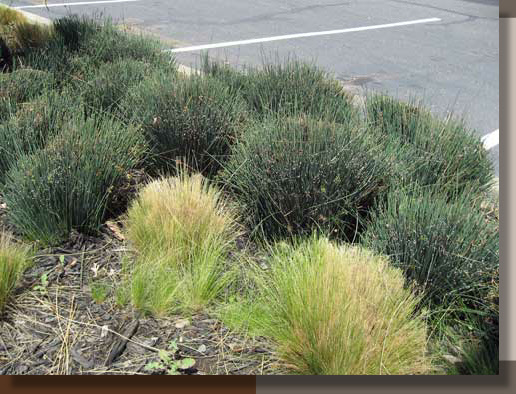
Ornamental grasses should not be cut back in late Spring or Summer when the plants are vulnerable to heat. Another common error is to leave large rounded clumps that will form a ball of thatch over time. These remnants become increasingly impenetrable to new growth, resulting in a ring of foliage around a bare core.
California Gray Rush and Mexican Feather Grass Sheared in June
